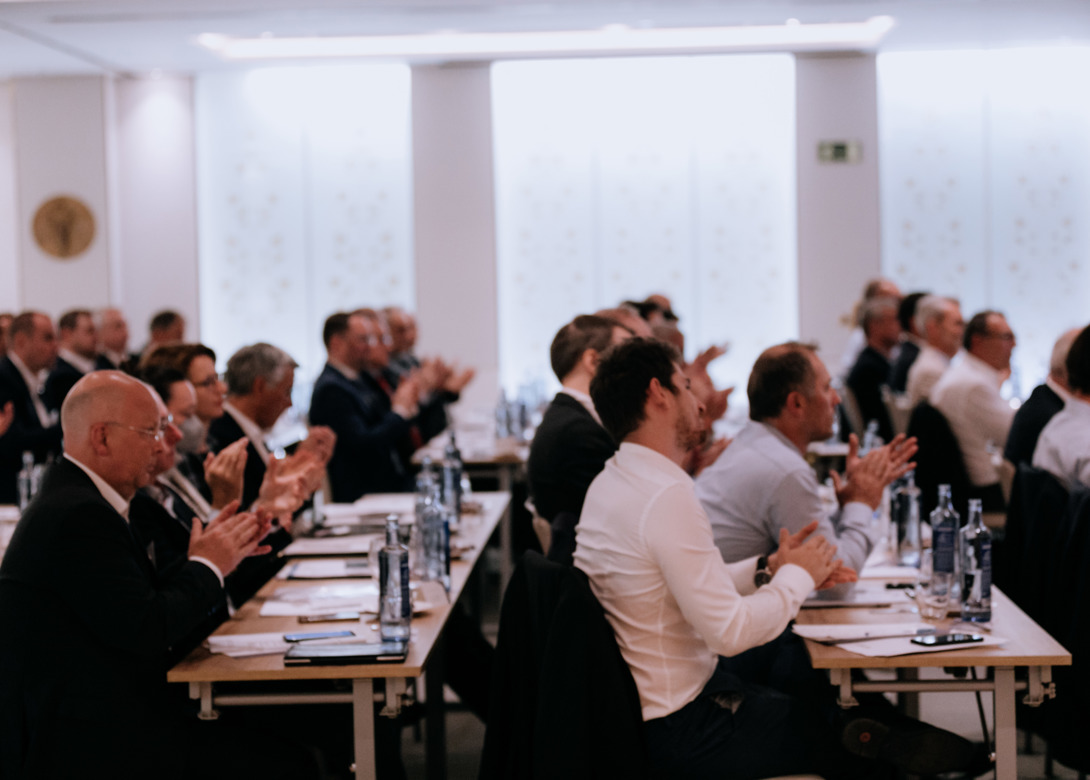
 The European Fastener Distributors Association held its 7th European Fastener Distribution Conference in Madrid, Spain, in the middle of May – the first face-to-face meeting of the different national associations since 2018. Content Director Will Lowry received a personal invitation to attend what was a meeting of the highest calibre.
The European Fastener Distributors Association held its 7th European Fastener Distribution Conference in Madrid, Spain, in the middle of May – the first face-to-face meeting of the different national associations since 2018. Content Director Will Lowry received a personal invitation to attend what was a meeting of the highest calibre.
Taking place at the Hyatt Regency Hesperia Madrid hotel, and only a ‘stone’s throw’ away from the Santiago Bernabau Stadium – home of Real Madrid, the conference was the central event for EFDA’s members to discuss major issues and developments regarding the fastener business and global trade developments in general. More than 75 representatives of leading fastener distributors, from several European countries, joined the event hosted by EFDA’s Spanish member association – ADEFI.
New president elected
Prior to the conference, the EFDA Assembly of Delegates met and elected Andreas Bertaggia, vice-president, head of global supply chain of Bossard Group, as the new president of EFDA (Read our interview with Andreas on pages 44-46). Andreas Bertaggia succeeded Dr Volker Lederer as president, who successfully held the office for ten years and had decided not to run for another term. Andreas has been a member of the Assembly of Delegates since 2019 and is a leader of the EFDA taskforce.
The Assembly of Delegates also re-elected Gian Marco Dalpane, general manager and owner of the Italian fastener distributor La Bulloneria Emiliana and delegate of EFDA’s Italian member association UDIB, as vice-president and Vincent van Dijk, secretary of EFDA’s Dutch member association NEVIB, as treasurer. EFDA delegates further appointed Luca Bernasconi, shareholder and purchase manager at the Italian fastener importer and distributor VITAL SpA, as new leader of the taskforce.
Welcome address
During his welcome address, Volker Lederer – who remained president for the day of the conference – explained the value of the event and the opportunity it provided to discuss major issues and developments with the fastener sector, as well global trade developments in general.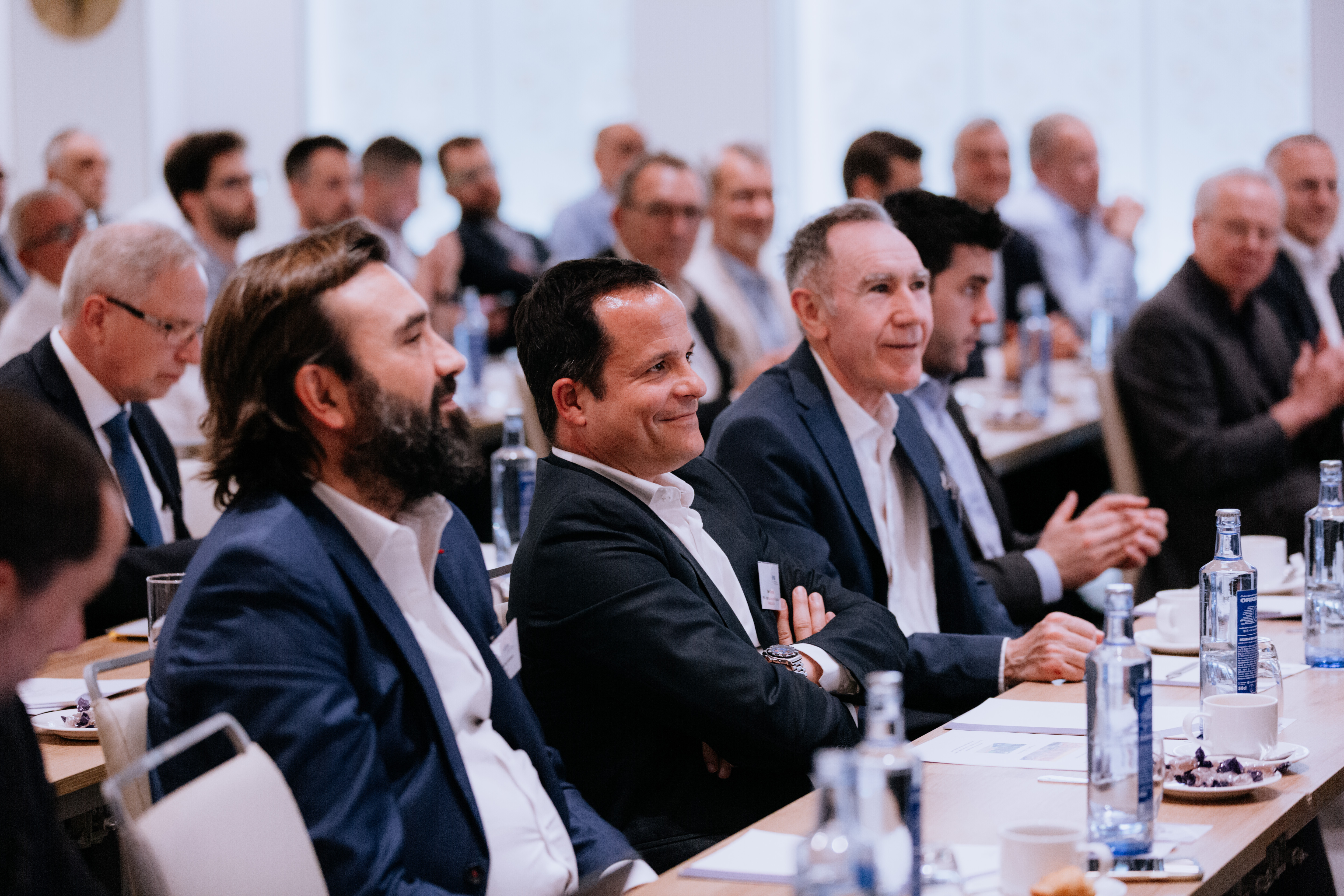
With the challenges regarding travelling still making it difficult for some businesses to attend, Volker thanked the 75 attendees for their presence and also thanked the Spanish members of ADEFI for hosting the conference.
To follow this, Volker gave a few words on where EFDA stands today as an association and where it plans to go. He outlined the important role fastener distributors play across every part of Europe and the key role distribution plays in a complex global supply chain.
“As an association, EFDA stands for distribution and represents around 2,500 distributors around Europe – with around 44,000 employees. EFDA as an association has members across Europe, representing all the important economies and 18 countries – through domestic associations and our MEFDA group,” pointed out Volker. “EFDA has also established an international network of associations in the USA and Far East.”
Volker continued: “EFDA is not only growing, it is also becoming more professional. Our voice is heard in Europe, and in Brussels they have to deal with our well-founded arguments. Finally, EIFI now has a strong and powerful counterpart. Of course, we did not achieve all our goals – including our major goal of stopping the anti-dumping duties. However, EFDA still has a substantial influence on the decision making processes in Brussels. A major reason for our efficiency is the EFDA taskforce.”
Taskforce steps up
EFDA’s taskforce regularly meets up to monitor political, technical and economic issues, and has helped inform EFDA members about changes in new trade defence law, as well as certain developments that could lead to anti-dumping duties or other trade defence measures.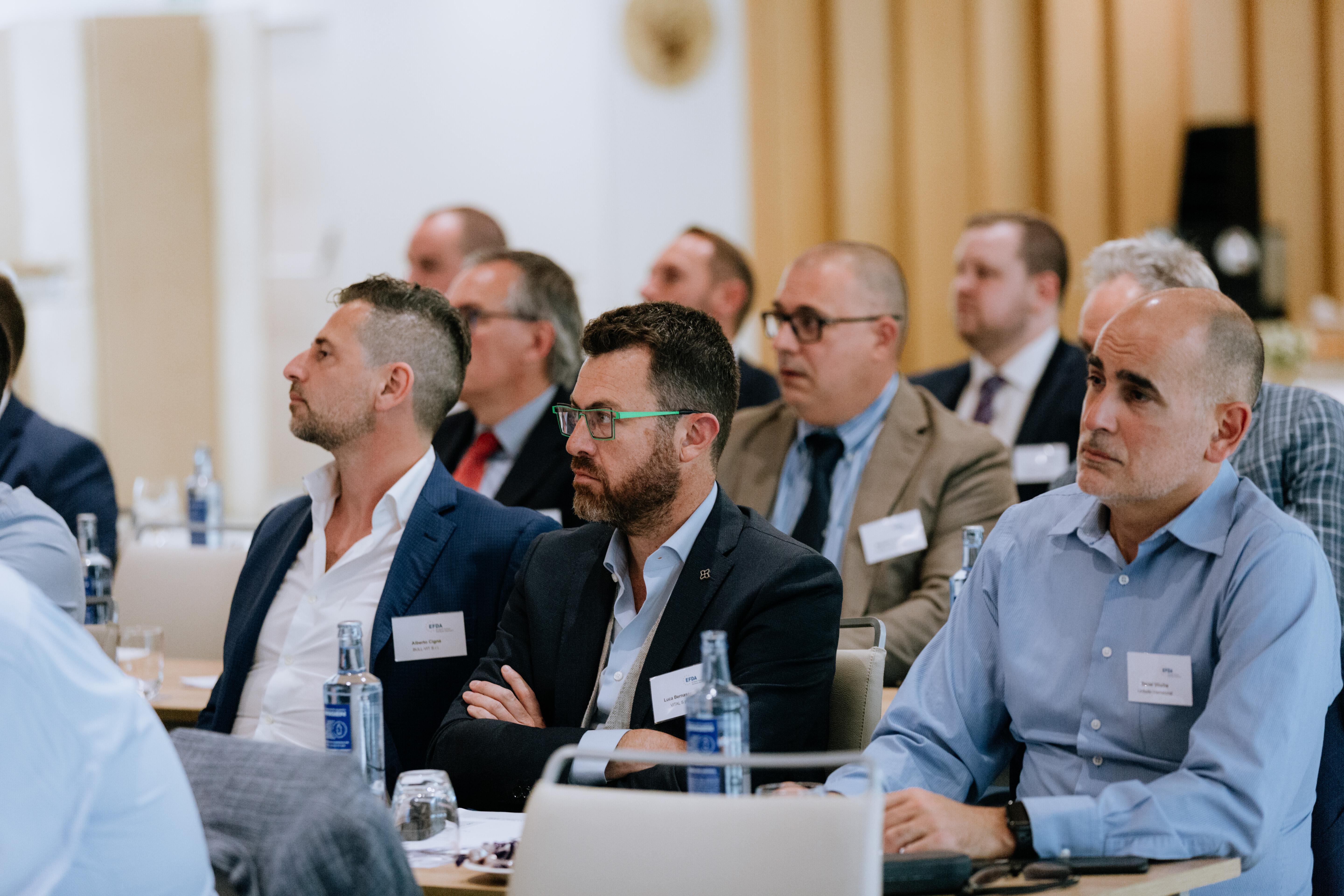
“One important aim of the taskforce is to take action against all kinds of trade barriers and anti-dumping investigations,” highlighted Volker. “The taskforce proved an excellent resource during the European Commission anti-dumping investigation. Under the leadership of Andreas Bertaggia, the taskforce had over 30 online meetings and sometimes in a weekly rhythm. Thanks to the fastener expertise of the taskforce members, they were able to work out numerous arguments against the anti-dumping duty. The taskforce also worked closely with the EFDA lawyers to the benefit of our industry.”
Volker continued: “I know most of us would have wished for lower anti-dumping duties, some of us may have thought that the investigation would end with no duties. What is for certain is the duties are too high and too complicated. The European Commission disregarded significant arguments brought forward by EFDA and other interested parties, which was frustrating. However, our activities have paid off. Thanks to the work of EFDA and its taskforce, no provisional duties during the investigation, nor retroactive duties at the end of the investigation were proposed, which was a good success for EFDA – as we had advocated for those measures. This has helped members save a lot of time and money.”
Where do we go?
The next part of his presentation Volker asked the audience where does the industry go moving forward. “The last 18 months have been a successful time for most fastener distributors. The demand has been high, most of us could have sold more if not for the unprecedented challenges we are facing,” explained Volker. “The supply chains have been changed by the continuing sea freight problems, container shortages, raw material issues, and price increases. Many of these problems have been caused by the pandemic or increased due to it. The introduction of anti-dumping duties in February added a further burden to our industry and now there is also the war in Ukraine, a human tragedy with a strong impact on the economy, as well as energy supplies and prices.”
With all of these challenges in mind EFDA had planned for some high-ranking speakers to discuss such topics.
Anti-dumping fight not over
The first speaker was Renato Antonini, international trade partner at Steptoe & Johnson LLP, who’s presentation was entitled: ‘Back to the future: Anti-dumping duties on fasteners 2.0’. Renato was heavily involved within EFDA’s appeal against the anti-dumping duties and was clear to point out that EFDA should feel proud of the effort it put in regarding the investigation and that just because duties have been introduced it does not mean that they cannot be appealed.
In fact, Renato confirmed that the Chinese Chamber of Commerce (CCCME) has lodged an appeal against the duties before the General Court. “Thanks to the excellent arguments that were developed by EFDA, we have the possibility to go to court – not only on behalf of CCCME, but also on the behalf of the exporting producers.”
Focusing on the current duties, Renato also highlighted that for the application of the lower anti-dumping duties, mention in the regulation, it was vital to have as a minimum a commercial invoice with the declaration provided for by Article 1, Section 3 of the regulation.
Whilst in principle there should be no other documents necessary, Renato was keen to point out EU customs and OLAF could investigate this in the future, so distributors need to make sure they have as much evidence as possible to show that the products were actually manufactured by the companies listed in the regulation. Supporting documents suggested by Renato included original invoice of producer, declaration by the producer, as well as evidence of contact between the seller and the producer confirming that the goods were manufactured by the producer in question.
“If you are working with a company that has the lower anti-dumping duties, you need to keep a file of evidence of documents to prove that this is true,” stated Renato. “I urge members to remain vigilant during this period and to do their due diligence. The risks are high, especially when it comes to the possibility of circumvention.”
Renato explained that customs circumvention is when EU Customs decides that products were not manufactured by a specific producer or, if you buying goods from another country, Customs concludes the products originated from China. “This is very dangerous because Customs can apply retrospective duties and if they believe there is a crime, it can go back up to 10 years. This is different to anti-dumping duties, which can only be applied going forward,” points out Renato. “That is why it is paramount that you build your files and keep your documents.”
Renato was keen to point out that the fight regarding the recent anti-dumping duties is not over. “Normally anti-dumping duties remain in force for 25 – 30 years but we managed to stop the last set of duties in 9 years. We will continue to fight and if we go to court and win then there is a chance distributors could claim back all or at least some of the money. That is why you need to keep track of your imports. During the last set of duties, a lot of companies lost money because they did not keep records.”
Spanish economy outlook
The next presentation was from Markus Kemper, vice-executive manager and head of market research at the German Chamber of Commerce for Spain (AHK), who focused on the ‘Current framework of the Spanish economy’.
With the conference based in the capital city, Markus outlined the current situation within Spain, including the economic environment – with Spain a rapid growing economic area prior to Covid-19 and one of the fastest growing economies from 2014 – 19. He also highlighted the logistics and transport structure within the country, which includes 46 ports, 50 airports and over 17,000km of highway road network – the 3rd largest in the world.
Markus also looked at the current environment and expectation for German companies in Spain, through the results of the ‘AHK World Business Outlook’ survey carried out by the German Chambers of Industry and Commerce (DIHK). Key topics covered included the current economic situation of companies and how it will develop over the next 12 months; expectations for the Spanish economy; how local investments and workforce will evolve; as well as the main risks for companies over the next 12 months.
“The price of raw material and now also energy prices are top of the companies’ list of concerns, followed by the economic and political environment, which is gaining importance compared to autumn 2021,” explained Markus. “While demand is still a concern for half of the companies, labour costs and the shortage of skilled labour were a concern for 25% of the companies.”
The evolution of steel prices
After a brief coffee break, the next presentation was from Fernando Espada, president of Eurometal – European Federation of Steel, Tube and Metal Distribution and Trading – and CEO of TATA Steel Distribution Spain, who discussed ‘Steel pricing evolution after Covid-19’. Firstly, he focused on the radical change in the market cycle for flat steel, as well as rebar, plate, and wire rod, with prices increasing significantly over the last twelve months.
“In my opinion, the price increases we have seen have been predominately in the flat steel business, with the market being volatile since February 2021,” explained Fernando. “However, when it comes to the movement in prices the market has been relatively flat since 2015 and even all the way back to 2009 it was comparatively flat. That is why I believe that the prices will never go back to the levels seen prior to the pandemic.”
To justify his belief Fernando highlighted possible causes of the price increases. Firstly, he looked at the materials used – iron ore and coking coal. “The increase in price of the iron ore is massively below the price of the steel, which means the mills are making more margin,” mentioned Fernando.
When it comes to coking coal, Fernando pointed out that the price is defined in Australia – where the biggest mines for coking coal are based. “In this case the material is more speculative, the Australians look to predict when demand will increase. However, once again the increase in the cost of coking coal doesn’t explain the substantial increase in the steel.”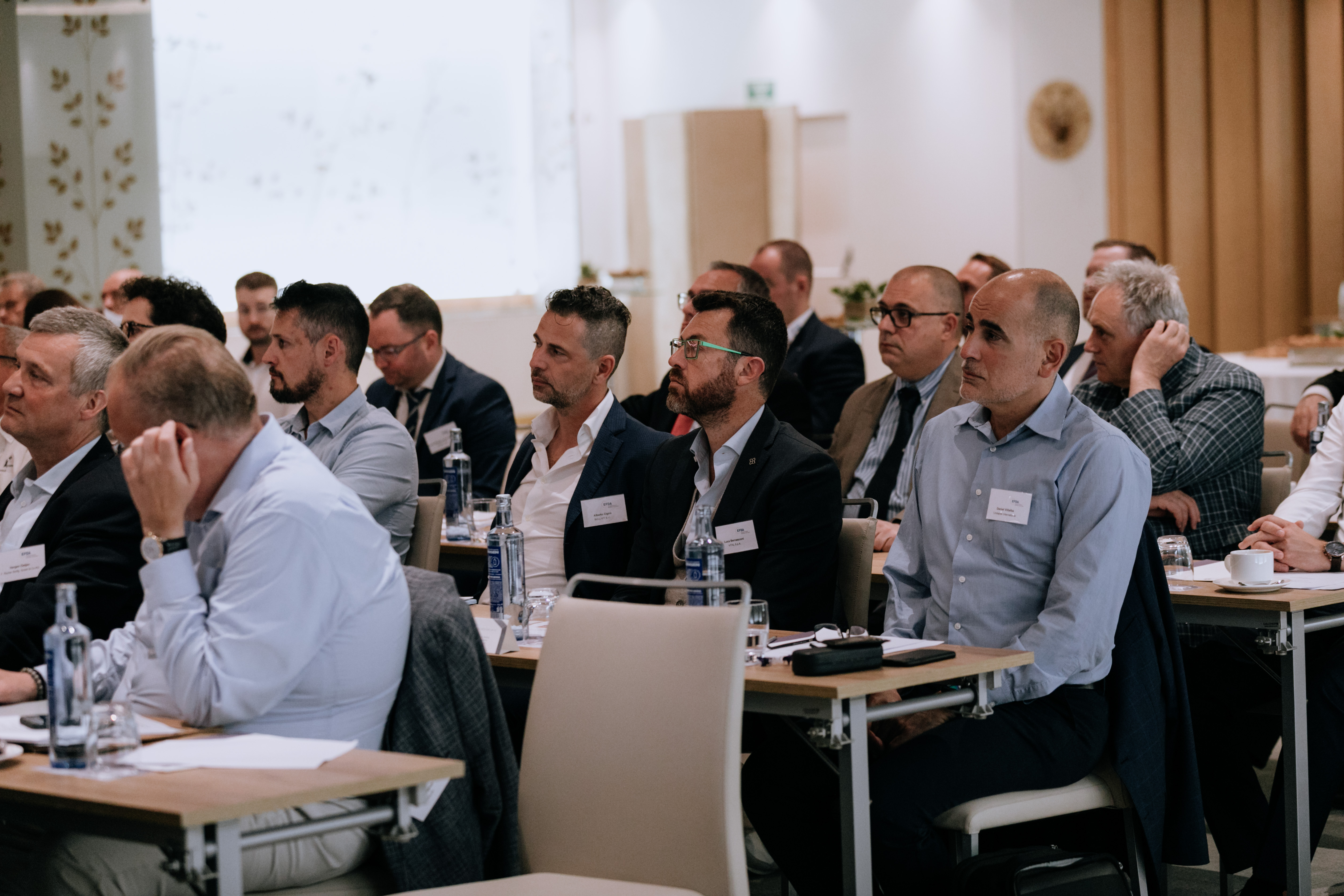
The next reason Fernando highlighted was the movement of scrap prices, which have increased significantly. However, Fernando was clear there was no relationship between the increases in the scrap and the increases in the steel. “Scrap is used for all long products in Europe, so if the price of scrap increases then so does the price of raw material.”
So, if the increase is not in the raw material, then where does it come from? Whilst it has been linked to the lockdowns during the pandemic, Fernando believed that this was only true to a certain extent. “Initially when the pandemic happened prices went down as there was a lot of uncertainty and nobody wanted to buy,” highlighted Fernando. “When business started to pick up again, demand started to recover as did the prices. However, the demand was still the same as before – so it doesn’t represent the increase in price.”
Another possible cause Fernando focused on included the safeguards introduced by the EU and the USA under the Trump administration, to limit imports volumes on certain steel products from individual countries. However, once again Fernando said it was not the case, as when the safeguards were introduced the prices still remained the same.
So, what has been the cause of the price increase? Fernando believes it is the move towards CO2 reductions that has led to price increases. “Let’s be clear, CO2 reductions are here to stay. Companies that do not believe that the future of Europe is neutral when it comes to CO2 emissions will have a problem. They might be able to make money in the short-term, but in the long-term companies need to take CO2 reduction into account.”
Fernando added: “This reduction aim is already impacting a lot of industries that produce large quantities of CO2, such as in steel production. Most of the factories in Europe are based on Basic Oxygen Furnaces and are in need of huge investment to change production processes. The introduction of the Carbon Border Adjustment Mechanism (CBAM) by the EU commission is going to add a lot of complexity and will affect all markets, not only steel production.”
Other factors Fernando suggested people should consider in the long-term when it comes to raw material prices are China’s position on whether it will continue with its added value policy – wealth sharing, middle class growth, etc – which could see it leave behind cheaper producing for the rest of the world; as well as the Ukrainian War and how long that continues to impact the European and world economies.
Challenges of international freight
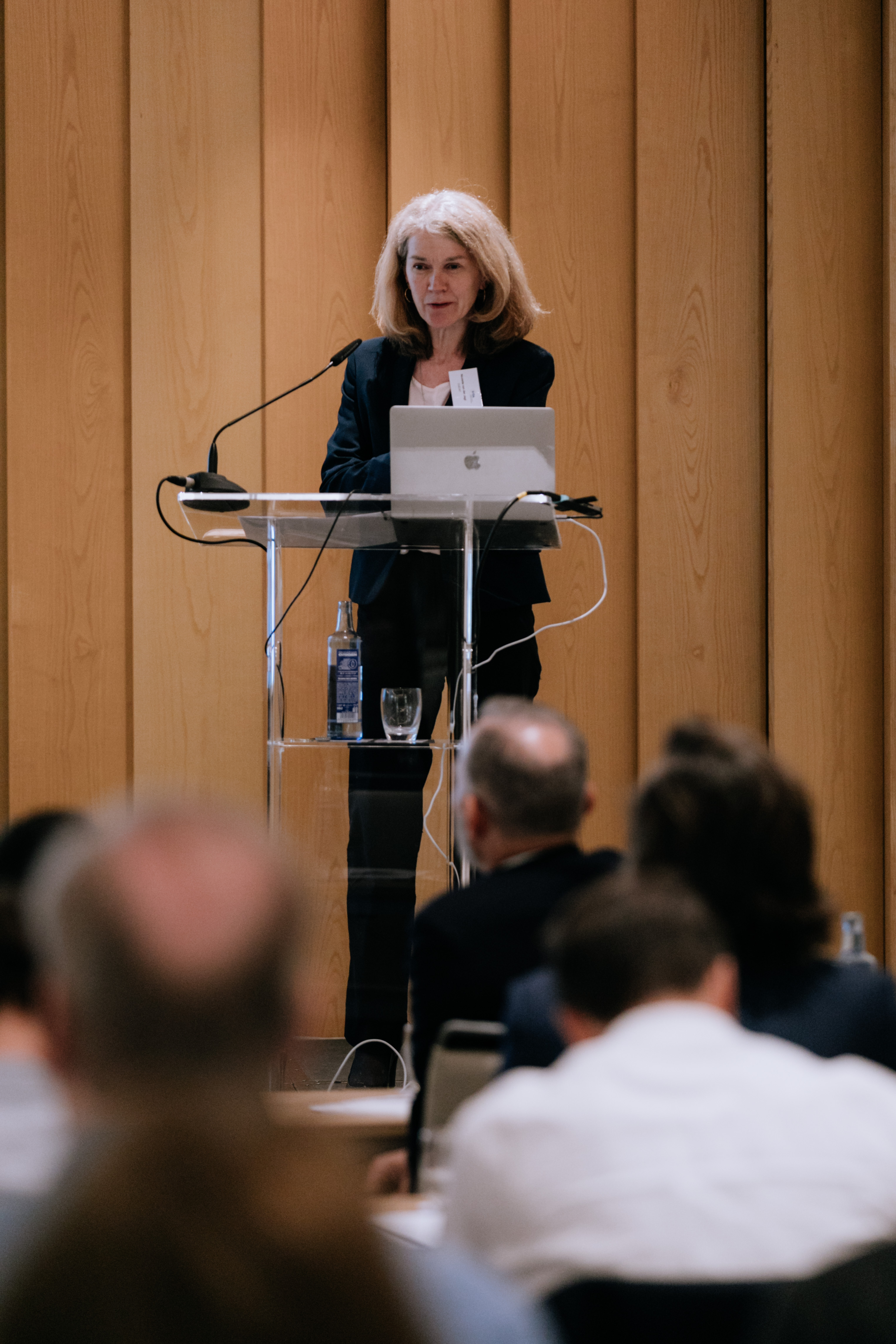 The final presentation was from Nicolette van der Jagt, director general of CLECAT – European Association for Forwarding, Transport, Logistics and Customs Services, who focused on ‘International freight transport at disrupted times’. During her presentation Nicolette looked at the current situation regarding the disruption of international supply chains, especially in logistics, the root causes and what it means for the future.
The final presentation was from Nicolette van der Jagt, director general of CLECAT – European Association for Forwarding, Transport, Logistics and Customs Services, who focused on ‘International freight transport at disrupted times’. During her presentation Nicolette looked at the current situation regarding the disruption of international supply chains, especially in logistics, the root causes and what it means for the future.
Nicolette pointed out that supply chains had previously managed to withstand disruptions – such as wars, Tsunamis and financial crises – with resilience, adaptability and flexibility and with no serious impacts on citizens, industries or consumers. However, what happened from the end of 2020 has been the ‘perfect storm’, which includes blank sailings, loss of reliable ETAs, extraordinary increases in sea rate freights, closing of ports in China, congestion in American ports, the Suez Canal incident, lack of truck drivers, energy prices and the Ukrainian war.
“The Covid-19 pandemic also caused reduced port productivity – leaving long queues of ships waiting outside ports and slower ship turnarounds when finally berthed,” mentioned Nicolette. “This led to disruptions in sailing schedules due to port omissions, missed arrival dates, longer container equipment turnaround and reduced availability.”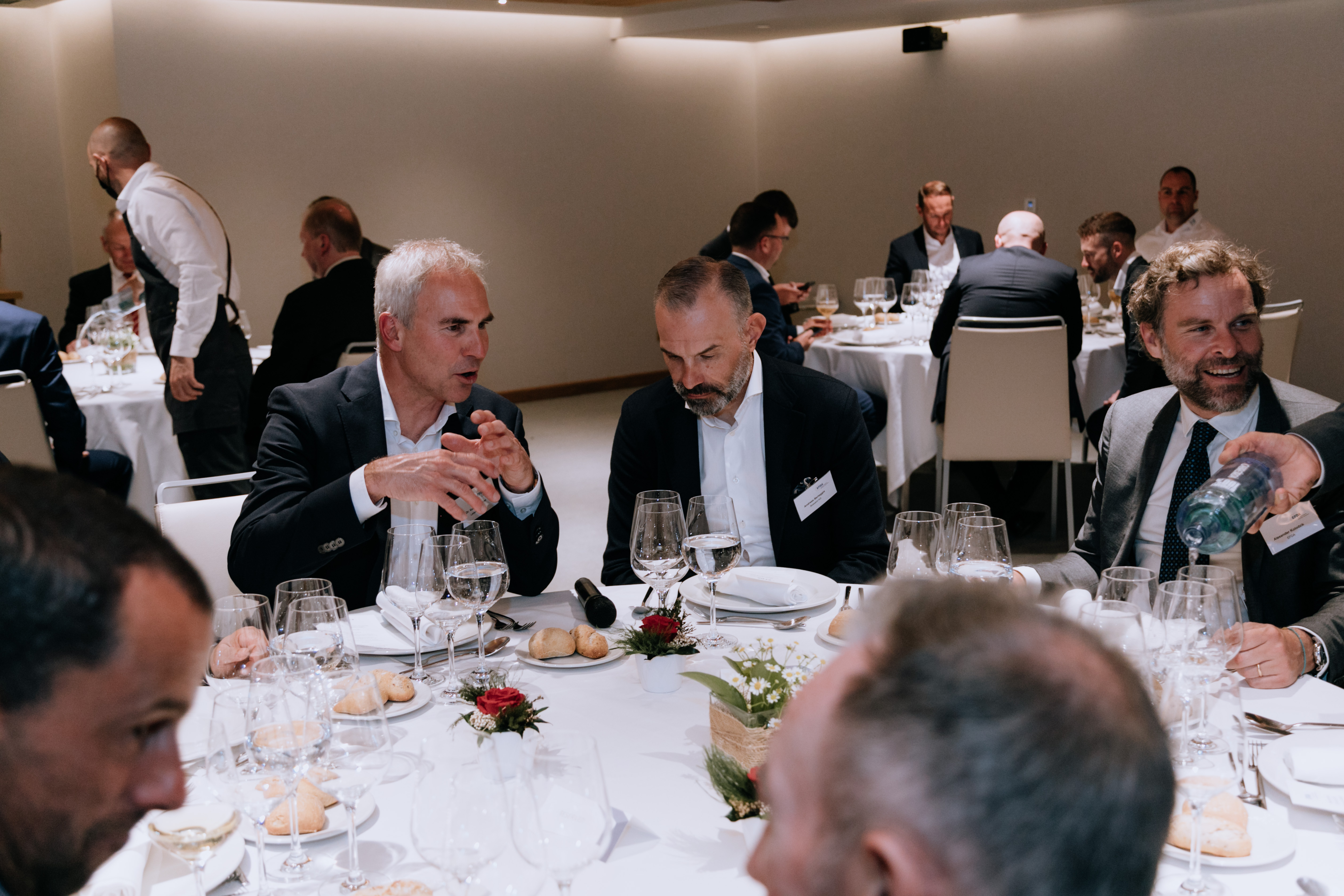
Nicolette continued: “Another factor has been that the mega-vessels that have become popular over recent years and have led to the market becoming concentrated – with the top 4 companies having a market share of 58% (up from 30% in 2006). This consolidation leads to fewer carries, higher barriers to entry, fewer service options and market dominance for the existing companies.”
A night of celebrations
After the presentations there was a Cocktail reception in the evening, sponsored by ADEFI, that gave attendees the platform to make new and further develop existing relationships in a relaxed environment. This was then followed by a festive dinner, which further provided opportunities for attendees to mingle and create new contacts.
www.efda-fastenerdistributors.org

Will joined Fastener + Fixing Magazine in 2007 and over the last 15 years has experienced every facet of the fastener sector - interviewing key figures within the industry and visiting leading companies and exhibitions around the globe.
Will manages the content strategy across all platforms and is the guardian for the high editorial standards that the Magazine is renowned.
Don't have an account? Sign Up
Signing up to Fastener + Fixing Magazine enables you to manage your account details.